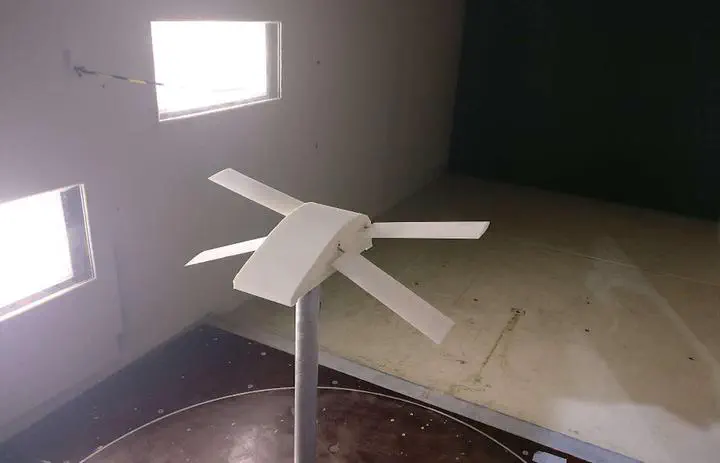Numerical and Experimental Investigation of Tandem Wing Flyers
 Model in Wind Tunnel
Model in Wind Tunnel
Abstract
The recent focus on micro-UAV systems and bio-inspired drones has generated interest in tandem wing applications. Dragonfly-based configurations are of significance for very low Reynolds numbers; for larger drones, Microraptor-based geometries could prove to be efficient. The present study of tandem wing flyers aims at understanding the basic principles governing the aerodynamic properties of tandem wings in close proximity. The analysis includes both numerical simulations by means of the Unsteady Vortex Lattice Method and wind tunnel experimentation applied to generic rectangular wing geometries. Preliminary conclusions include the facts that increasing the rear wing’s angle of attack results in a bigger increase in lift than increasing the front wing’s angle of attack. The dihedral angles of the two wings also seem to have significant impact on the lift, some configurations leading to an increase in lift coefficient of up to 25%. The insight provided by the results will be used in the future to test and validate different flight configurations for the Microraptor and, hopefully, to shed some light on its preferred in-flight configuration and its flight capabilities.